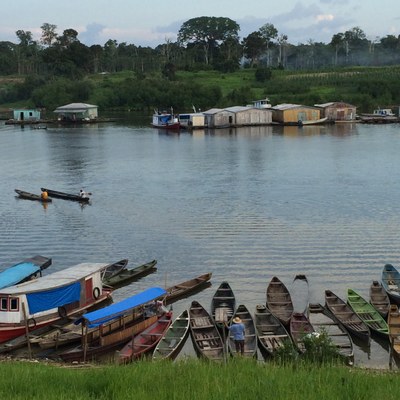Juruá River Region Announced as a Ramsar Site
On 21st October 2018, two more Ramsar sites were awarded in Brazil, including the Taiamã site in Mato Grosso State and the Jurua River regional site, in Amazonas State, region supported by the Partnership for the Conservation of Amazon Biodiversity (PCAB). The announcement was made at the opening of the 13th Meeting of the Conference of the Contracting Parties to the Ramsar Convention on Wetlands.
“Both as a resident and a manager of this conservation unit, I am very happy with the Ramsar site appointment. We will be able to showcase more the work that is being done here, as well as point out some of the challenges that still need to be overcome. The award will also help us reach new people and forge new partnerships, which is how we have manage to build or success so far. Furthermore, the Ramsar area is larger than the reserves, so many communities that don’t have any designation today will be able to have their rights recognized. Through the site we will work on projects that strengthen, empower, and organize communities that currently have no support,” explained Manuel Cunha, manager of the Juruá Resex.
The Jurua Ramsar site is made up of three conservation units: the Uacari Sustainable Development Reserve, the High and Low River Jurua Extraction Reserves and the Deni indigenous lands. The site will be managed with support from the Médio Jurua Forum, which is composed of institutions that work in the region. The new Jurua River Ramsar site has over 2.1 million hectares and is rich in biodiversity, including highly endangered species like the Mutum-fava bird, the manatee and the boto (a type of fresh water dolphin).
What is a Ramsar site?
A Ramsar site is a wetland that is recognized as having significant value not only for its region but for the whole world. The site benefits from priority access to international technical cooperation and financial support to promote projects aimed at their protection and the sustainable use of their natural resources. The wetlands can be marshes, moors, and lakes, etcetera.
With information from ICMBio.


